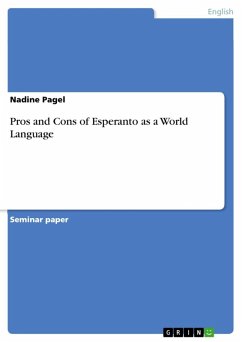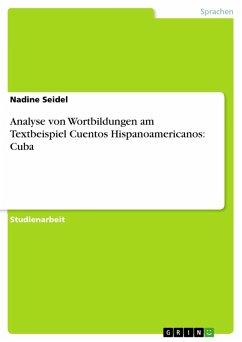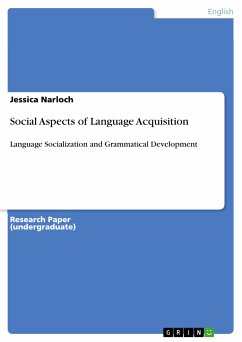Seminar paper from the year 2002 in the subject English Language and Literature Studies - Linguistics, grade: 1,3, Technical University of Chemnitz, language: English, abstract: Introduction Esperanto is a planned language 1 which was designed in 1887 by L.L. Zamenhof, an . ophthalmologist from Bialystock, Poland. In his childhood and youth, he was confronted with several different ethnic groups and consequently, he also got in contact with the different languages of those groups. Because of this circumstance, he realised that multilingualism causes several problems which I will write about in this paper. By creating Esperanto as an international communication medium Zamenhof wanted to overcome the misunderstandings caused by the variety of existing languages. With the help of Esperanto, he wanted to ease global communication. In this paper, I want to give a short overview about the life of Zamenhof and the development of Esperanto. I will then turn towards the Fundamento , which contains the 16 rules the users of Esperanto have to consider. Afterwards, I will look at Esperanto under consideration of the psychological, linguistic and cultural aspects of Esperanto and show some of the advantages and disadvantages it has. It is not the aim of this paper to decide whether Esperanto is fits to the needs of a world language. What I want is to give some food for thoughts for further discussions.
Dieser Download kann aus rechtlichen Gründen nur mit Rechnungsadresse in A, B, BG, CY, CZ, D, DK, EW, E, FIN, F, GR, HR, H, IRL, I, LT, L, LR, M, NL, PL, P, R, S, SLO, SK ausgeliefert werden.









